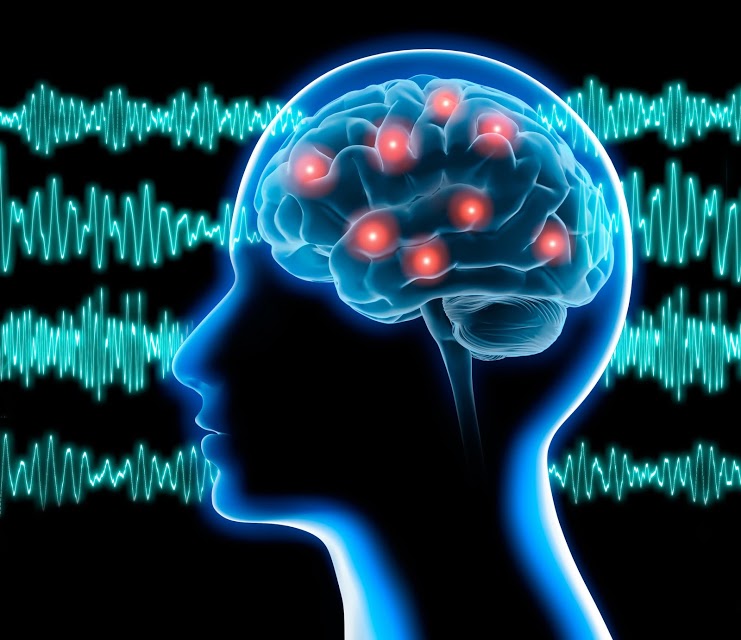Emotional Recognition Defect Linked to Apathy in Huntington’s, Study Shows
Written by |

Emotional Recognition and Apathy Linked in Huntington's Disease
Impairment in emotional recognition — the process of identifying human emotion, most typically from facial expressions, particularly happy ones — seems to be linked with apathy in Huntington’s disease patients, a study showed.
The article, “Apathy Associated With Impaired Recognition of Happy Facial Expressions in Huntington’s Disease,” was published in the Journal of the International Neuropsychological Society.
In Huntington’s disease, subtle neurocognitive deficits can precede the emergence of motor symptoms. These commonly include impairments in social cognition — how people process, store, and apply information about other people and social situations, such as being able to recognize a person’s emotions. Additionally, clinical apathy — a lack of motivation that affects daily living — is a prevalent neuropsychiatric issue in patients with Huntington’s disease.
Both emotional recognition deficits and apathy have been associated with atrophy and changes of brain regions for decision-making and motivation/reward — orbitofrontal cortex and striatum — in Huntington’s disease patients. “Thus, an association between emotion recognition and apathy may be predicted on the grounds of shared neuropathology,” researchers stated.
There is evidence suggesting that emotional recognition deficits frequently co-occur with apathy as the result of damage to this shared brain circuitry. However, the relationship between apathy and emotion perception has only once been assessed in one Huntington’s disease study.
For these reasons, a research group, led by investigators from Australia’s Monash University, aimed to replicate these results in a larger, multi-national sample of individuals with Huntington’s disease. These researchers used clinical information from the TRACK-HD study — a prospective and observational study that collected data such as clinical imaging (i.e. MRI), cognitive characteristics, and quantitative motor assessments of patients with early Huntington’s disease.
Participants were those with early Huntington’s disease and healthy controls who completed the initial visit of the TRACK-HD study. Premanifest individuals were not included.
Participants were divided into groups: 43 Huntington’s patients who reported apathy, 67 Huntington’s patients who reported no apathy, and 107 controls matched for age, sex, and level of education.
During their initial TRACK-HD visit, participants completed cognitive and psychological tests for emotional recognition, depression, and neuropsychiatric symptoms (e.g. depressed mood, anxiety, paranoia, hallucinations, etc.).
To test for emotional recognition, participants were presented with one of six basic emotions (anger, disgust, fear, happiness, sadness, and surprise) or a neutral expression displayed in the middle of the screen. There were seven corresponding labels for each emotion at the bottom of the screen, which the participant would select upon being presented with a face.
The Huntington’s disease cohorts with and without apathy did not differ in overall cognitive abilities or in CAG repeat length — the genetic signature for Huntington’s. This allowed researchers to compare both Huntington’s groups knowing that overall cognitive abilities or CAG repeat length could not explain differences between the groups.
However, the Huntington’s apathy group did have a higher disease burden score, lower functional capacity, and reduced motor function compared to the Huntington’s group without apathy. Nonetheless, researchers observed that Huntington’s participants without apathy were impaired on basic emotional recognition compared to controls.
Additionally, they saw a specific impairment in the recognition of happy facial expressions only in apathetic Huntington’s participants compared to non-apathetic ones for all facial expressions — they performed the same for the remaining six of seven facial expression states.
These differences could not be explained by differences in the prevalence or degree of depression or use of antidepressants. Additionally, even though the Huntington’s apathy group did differ in disease burden and motor function, the researchers showed that this could not explain the impairment for recognizing happy facial expression.
“Although causal conclusions cannot be made based on the current analysis, these results suggest that impairments in the recognition of happy expressions may be a part of the clinical picture of apathy in Huntington’s disease,” researchers said.
“While shared reliance on frontostriatal pathways may broadly explain associations between emotion recognition and apathy found across several patient groups, further work is needed to determine what relationships exist between recognition of specific emotions, distinct subtypes of apathy, and underlying neuropathology,” they concluded.





